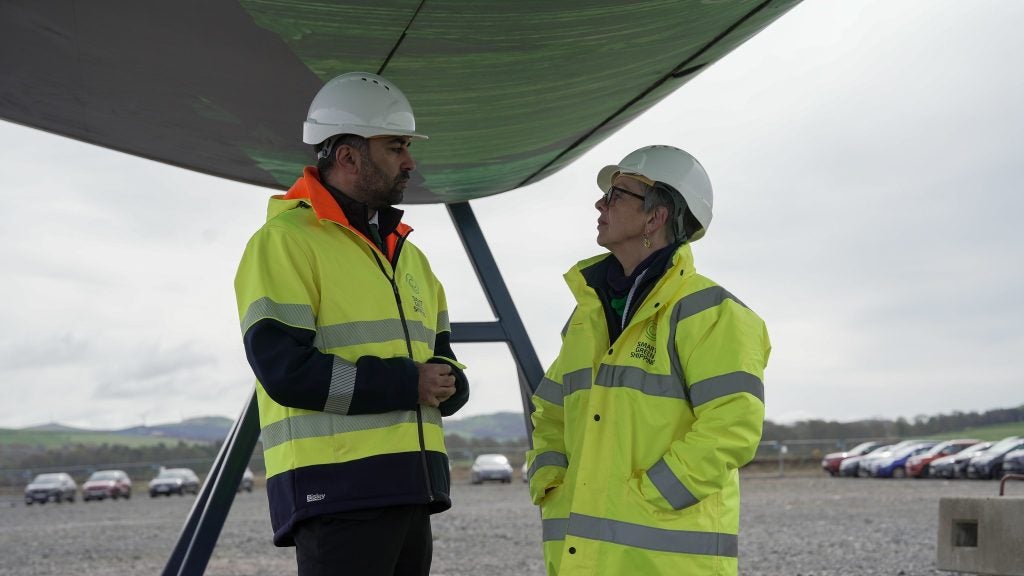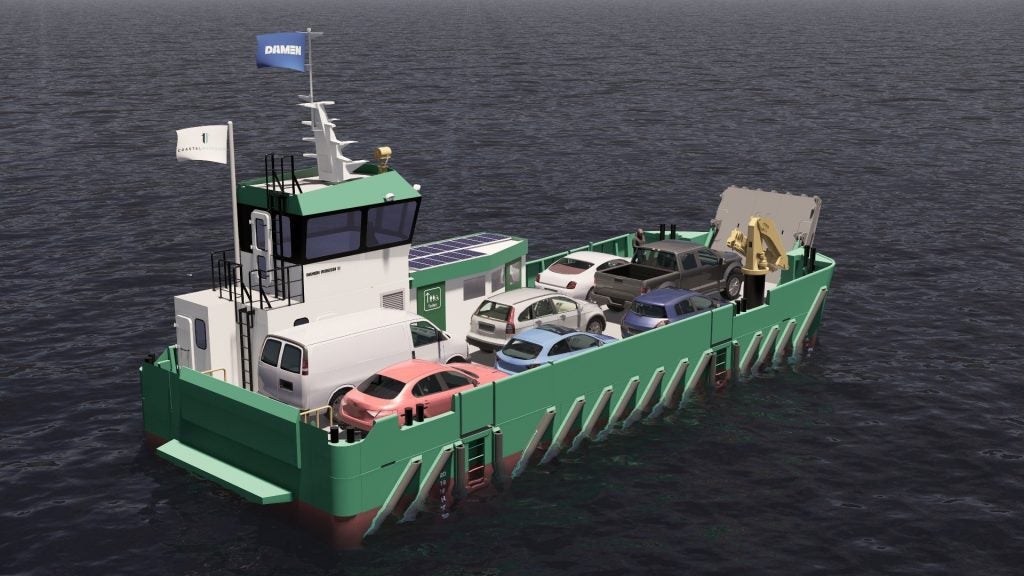DNV GL has published guidance to assist shipping companies to comply with the new Monitoring, Reporting and Verification (MRV) regulation approved by the European Union this year.
The regulation entered into force on 1 July this year and will become fully effective on 1 January 2018.
The DNV GL preparation draft presents an overview of the regulation, with guidance on monitoring, reporting and verification apart from providing timeline information, and details on outstanding issues.
The MRV regulation will integrate maritime emissions into the EU’s policy for reducing domestic greenhouse gas emissions.
Under the regulation, ship owners and operators have to monitor, report and verify CO2 emissions annually for vessels equal to or larger than 5,000 GT, with the results published on a regular basis.
Shipping companies have been asked to prepare a monitoring plan by 31 August 2017 at the latest for each of their ships falling under the category.
How well do you really know your competitors?
Access the most comprehensive Company Profiles on the market, powered by GlobalData. Save hours of research. Gain competitive edge.

Thank you!
Your download email will arrive shortly
Not ready to buy yet? Download a free sample
We are confident about the unique quality of our Company Profiles. However, we want you to make the most beneficial decision for your business, so we offer a free sample that you can download by submitting the below form
By GlobalDataShip owners will have to monitor certain parameters on a per-voyage basis, these include port of departure and port of arrival with the date and hour of departure and arrival, amount and emission factor for each type of fuel consumed in total, CO2 emitted, distance travelled, time spent at sea, cargo carried, transport work.
CO2 emissions will be calculated on the basis of the fuel consumption for voyages starting or terminating at any EU port, which will be determined using any of the four methods including bunker fuel delivery note (BDN) and periodic stock takes of fuel tanks, bunker fuel tank monitoring on board, flow meters for applicable combustion processes, direct CO2 emissions measurements.
The data collected will also be used to calculate and report average energy efficiency, says the guidance.
Data collection is set to commence from 1 January 2018, with the verified annual emission reports to be submitted to the European Commission by 30 April 2019.
According to DNV GL, the emission data will be made publicly available by 30 June 2019 and then every consecutive year.





